OMNI CASE STUDY
Presented Challenge
The primary challenge was to redesign our platform that caters to a diverse user base—including strategist, data analysts, media planners, and C-suite executives etc.—while leveraging AI to make large volumes of data accessible and actionable. The solution had to balance advanced functionality with ease of use, ensuring seamless workflows for both novice and experienced users.
Heuristic Evaluation
As we’ve grown our platform and tech organization, we have made strong efforts to centralize all agency software development into our core applications and under our team’s direction. In doing so we needed to assess each product and work with stakeholders to define requirements for redesign and integration. Following, my team conducted evaluations on each app to propose strategy around adoption into our capabilities, and identifying UX needs to better the user experience and create a seamless user journey within the campaign environment.
Develop User Personas
With the understanding of scope of redesgning needs, we utilized user-centric design principals to identify 7 personas and selected 3 each from a variety of agencies within the great org.
Conducted in-depth user research, mapping needs, pain points, and workflows.
Developed user stories and journey maps to inform our design direction.
Mapping User Flows
Define the different paths for each user type to understand requirements. As a platform that caters to each stage of a client’s marketing campaign, we needed to identify the patterns and connection points that would help guide users in their work as well as those that had dependencies on pre or post stage.
Our goal was to simplify all app experiences to promote crucial functionality needed to complete campaign objectives and create more visible connections for enhancing the narratives of our platform when pitching new business.
Wireframes and solution iteration
The team explored a number of different solutions incorporating our existing patterns and exploring new ones to bridge the gap in differing functions. Once we found a base direction, we took the requirements agreed on by stakeholders following our research and began to build out wireframe prototypes to test a list of alpha users for accuracy of flow and usability.
Usability tests
We conducted a combination preference tests and usability. The analysis gave key indicators on how to display data, integrate AI capabilities for efficiencies, and defining navigation through out.
Design System
Following our analysis of feedback, we made final adjustments and began crafting high fidelity designs and prototypes beginning with the updates to our design system. I allocated a third of my team to focus on these efforts while others were dedicated to design solutions. We also took this opportunity the reassess the design system for accessibility compliance ensuring all of our UI met the WCAG standards for AA and most AAA. These changes included interactions and keyboard controls to make the platform as inclusive as possible.
UI exploration / Mock ups











